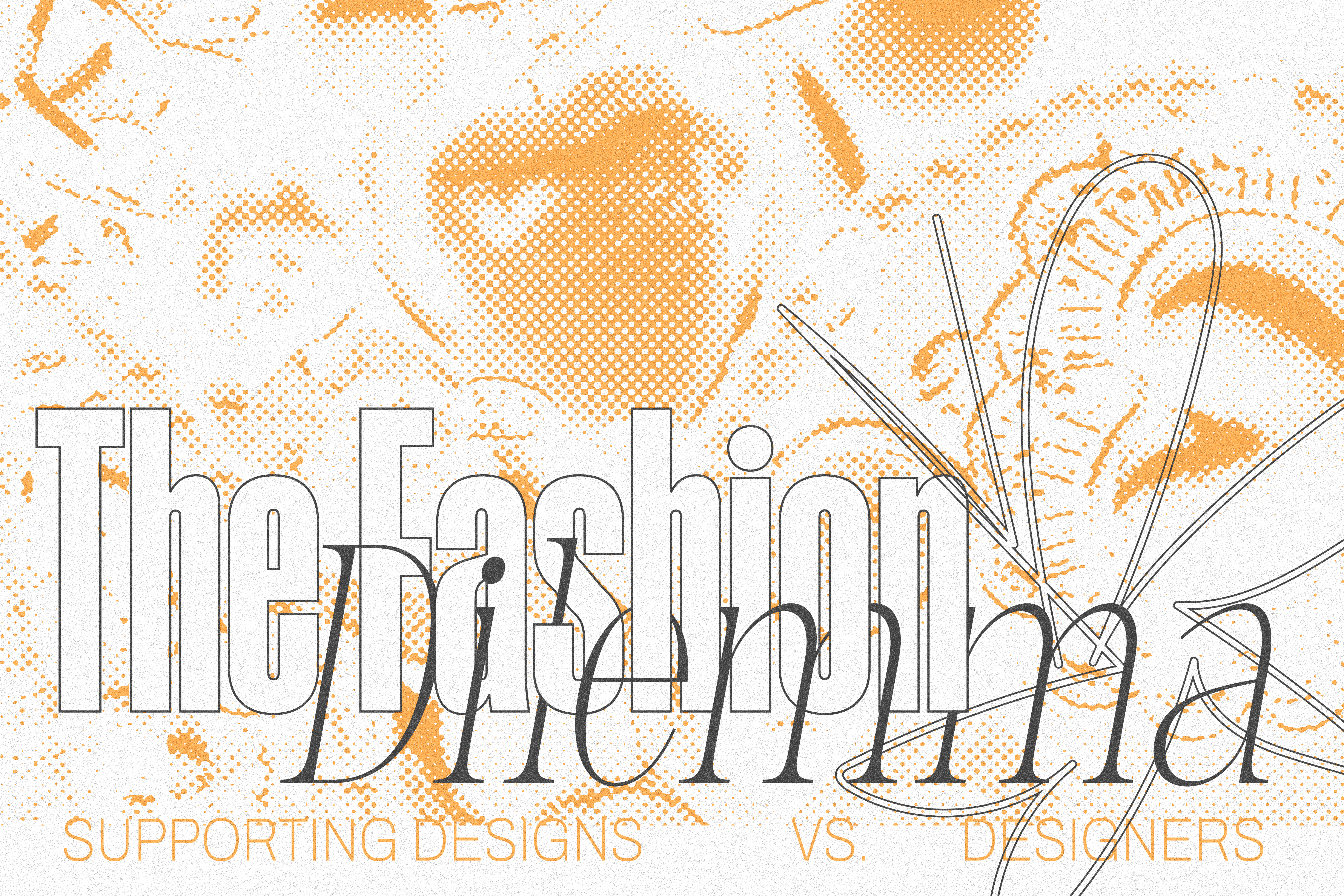The first Monday in May is just around the New York City block, and this year’s Met Gala theme is nothing less than controversial, centering itself around none other than Karl Lagerfeld: A Line of Beauty. Now, this may not look like an egregious act, and it might not be, depending on who you ask. Lagerfeld and his designs are coveted and loved all around the world, but in the eyes of the public court, and mine, this honor might be the exact thing he doesn’t deserve.
I don’t disagree that Lagerfeld’s work has affected fashion, but a moral dilemma comes to light when referencing him as a person, as it does with many other artists and designers. Lagerfeld didn’t treat women kindly. He was publicly fatphobic and refused to use plus-sized models throughout his work. He tore apart the #MeToo movement and criticized countless public figures about their weight. A man that creates fashion for women has done nothing but tear them down. This leads to the loaded question that arises with the 2023 Met Gala theme: Can we separate the designs from the designer? The art from the artist?
In a world run by the media, we take in the creativity and new information every day, usually without questioning who is creating it. The question of whether we can separate art from the artist is a moral dilemma I still struggle with. By consuming, purchasing, viewing, and sharing someone’s work, you support them through exposure and the money they receive as compensation. This is exemplified through works like the Harry Potter series. In buying the Harry Potter books, movies, and merch, you contribute to the funds J.K. Rowling used to advance her transphobic views.
But the question, especially about Lagerfeld, asks whether this dilemma is altered in some way when they die. In my opinion, if the work a designer is creating, and the person, is directly in conflict with one another, it throws their entire art form out of the window. Lagerfeld’s entire branding and artistic thesis centers on supporting women’s bodies and making them look beautiful. So, to then directly shame plus-sized models and ridicule women that don’t align with his narrow beauty standard essentially undermines his proposed goal. This same logic can be applied to a traditional fine artist like Salvador Dalí. His art directly correlates with his unethical working methods. Thus, though he is dead and not directly benefiting from financial support, by supporting him and viewing his work, you are indirectly supporting the process through which these pieces were created. It’s hard to take the artist out of the art when one tosses a cat up in the air 20 times for one photo. And the same goes for Lagerfeld.
There is not one true consensus on this topic. Opinions on this subject are biased, affected by personal morals and subjective to change on a case-to-case basis. Obviously, there are some acts and moral viewpoints that cannot be excused when deciding whether or not to agree with someone. With the threads of fashion and pop culture is sewn into the fabric of our society, it’s hard not to consider the type of person creating the pieces you love.
And as some would like to believe, death doesn’t stop you from being bad. If you were a fatphobic designer when you were alive, you’re still one when you’re dead. It doesn’t change years of shaming and degrading women. The jury has come back, and the ruling is that Karl Lagerfeld and this year’s Met Theme are just as awful as he once was.
Words by Evan Skovronsky.
Graphic by Reem Hinedi.

